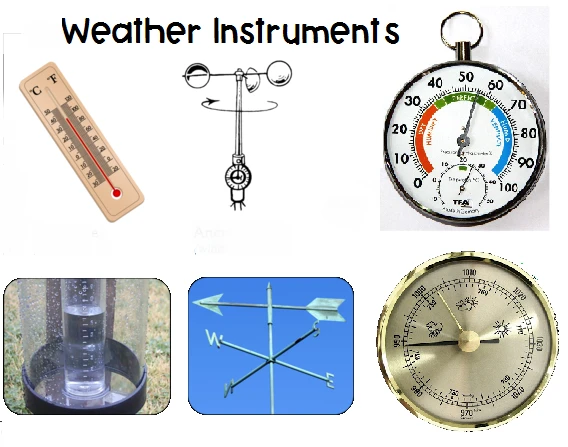
# Weather Instruments: Essential Tools for Meteorological Observations
Introduction to Weather Instruments
Weather instruments are specialized tools designed to measure various atmospheric conditions. These devices play a crucial role in meteorology, helping scientists and weather forecasters gather accurate data about our environment. From simple thermometers to sophisticated radar systems, weather instruments provide the foundation for understanding weather patterns and making reliable predictions.
Common Types of Weather Instruments
Thermometers
The thermometer is perhaps the most familiar weather instrument, used to measure air temperature. Modern digital thermometers provide quick and accurate readings, while traditional mercury or alcohol thermometers remain reliable options for many applications.
Barometers
Barometers measure atmospheric pressure, which is essential for predicting weather changes. Mercury barometers were historically common, but today most weather stations use aneroid barometers or digital pressure sensors for greater convenience and safety.
Anemometers
These instruments measure wind speed and direction. Cup anemometers with rotating cups are widely used, while ultrasonic anemometers provide more advanced measurements without moving parts. Wind vanes complement anemometers by indicating wind direction.
Hygrometers
Hygrometers measure humidity levels in the air. Psychrometers (wet-and-dry bulb thermometers) were traditional tools, but modern electronic hygrometers using capacitive or resistive sensors offer greater precision and ease of use.
Rain Gauges
Simple yet effective, rain gauges collect and measure precipitation. Standard cylindrical gauges provide basic measurements, while tipping bucket rain gauges offer automated recording capabilities for weather stations.
Advanced Weather Measurement Tools
Weather Radars
Doppler radar systems provide comprehensive information about precipitation intensity, storm movement, and potential severe weather conditions. These powerful tools are essential for modern meteorology and severe weather warnings.
Weather Satellites
Orbiting satellites equipped with advanced sensors provide global weather monitoring capabilities. Geostationary satellites maintain fixed positions relative to Earth, while polar-orbiting satellites offer complete global coverage.
Radiosondes
These instrument packages are carried aloft by weather balloons to measure atmospheric conditions at various altitudes. They provide valuable data about temperature, humidity, pressure, and wind patterns throughout the atmosphere.
The Importance of Weather Instruments
Accurate weather instruments are vital for numerous applications:
- Weather forecasting and severe storm warnings
- Climate change research and monitoring
- Agriculture and farming decisions
- Aviation and maritime safety
- Construction and outdoor event planning
As technology advances, weather instruments continue to become more precise, reliable, and accessible. From professional meteorological stations to personal weather monitoring systems, these tools help us better understand and prepare for the atmospheric conditions that affect our daily lives.
Keyword: wether instruments